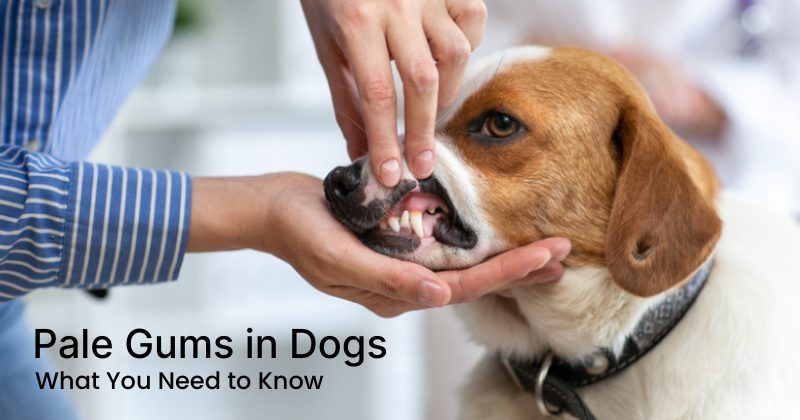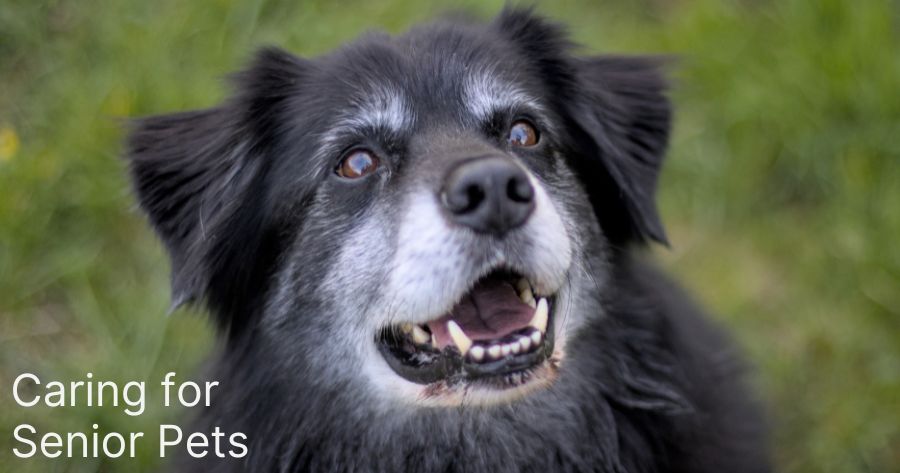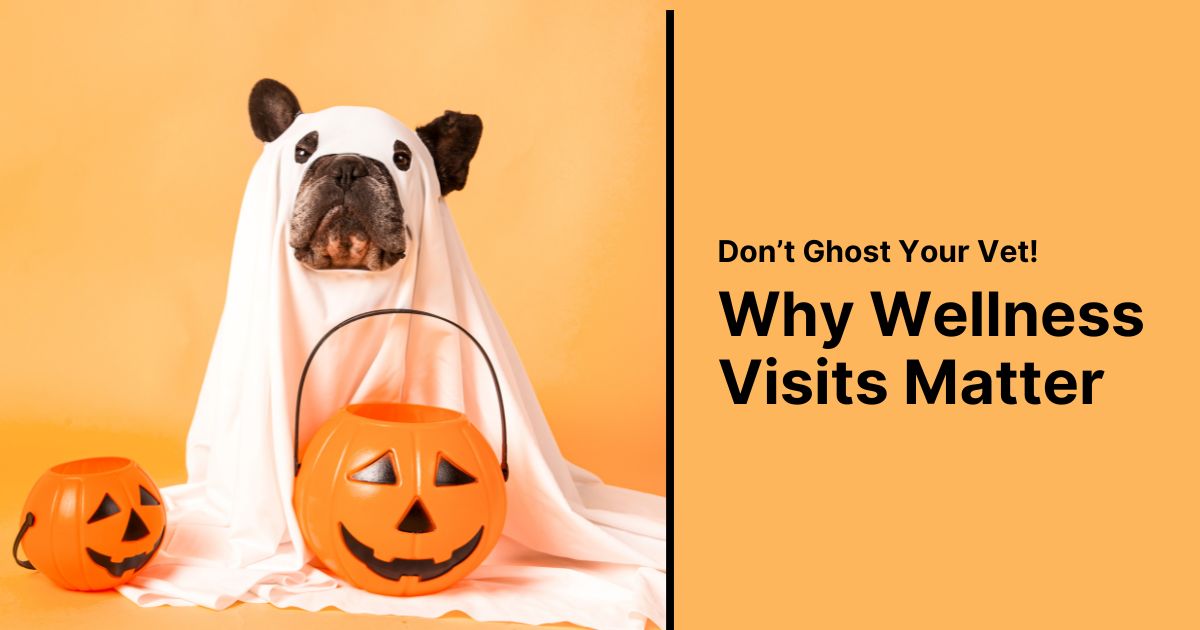
Dogs communicate their health in subtle ways, and changes in their gums can be a telling sign. If your dog's gums appear pale, it could indicate an underlying issue that requires attention. While it might not always be an emergency, pale gums often point to conditions that range from anemia to circulatory problems. This blog will help you recognize potential causes, identify related symptoms, and understand why prompt veterinary care is vital. If you've noticed your dog's gums looking pale, contact The Ridge Veterinary Clinic at (402) 334-1580 today or request an appointment to ensure your pet receives expert care.
Pale gums in dogs occur when there’s a reduction in blood flow or a decrease in red blood cells, which are responsible for transporting oxygen throughout the body. This discoloration can arise from various conditions, ranging from mild to severe. Common causes include anemia, shock, internal bleeding, or even stress.
Anemia, for instance, might develop due to blood loss, chronic disease, or nutritional deficiencies. In cases of internal bleeding, pale gums can appear suddenly and may accompany symptoms like lethargy or rapid breathing. Shock, whether caused by trauma or severe allergic reactions, reduces blood circulation, which can make your dog’s gums lose their pink hue. If you notice pale gums in your dog, call The Ridge Veterinary Clinic at (402) 334-1580 today or request an appointment.
Pale gums in dogs are rarely an isolated symptom. They are often accompanied by other signs of distress or illness. Observing your dog’s overall condition can provide important clues for a veterinarian. Some common symptoms to watch for include:
If your dog exhibits pale gums alongside these symptoms, immediate veterinary care is necessary.
Regularly monitoring your dog's gums can help you recognize potential health issues early. Conducting a simple at-home examination is quick and easy, but it’s important to approach your pet calmly to avoid unnecessary stress.
While this check can provide useful information, it is not a substitute for a professional evaluation. Contact The Ridge Veterinary Clinic if you notice any abnormalities during your examination.
When you bring your dog to The Ridge Veterinary Clinic, your veterinarian will perform a thorough examination to identify the cause of pale gums. This process often includes diagnostic tests to assess blood health and organ function.
In some cases, pale gums are an urgent warning sign of a life-threatening condition. Knowing when to seek emergency care can make a significant difference in your dog’s outcome.
Pale gums often accompany internal bleeding caused by trauma, ruptured tumors, or ingestion of toxic substances. If your dog has pale gums, rapid breathing, and a distended abdomen, these could be signs of internal bleeding. Immediate veterinary care is crucial.
Heatstroke reduces blood flow to the extremities, leading to pale gums. Dogs left in hot environments or exercising in high temperatures are particularly at risk. Symptoms like excessive panting, drooling, and collapse indicate an emergency.
Parasites like fleas, ticks, or intestinal worms can cause severe anemia, leading to pale gums. Chronic conditions such as autoimmune diseases may also contribute. Left untreated, anemia can lead to organ failure or death. If your dog shows pale gums alongside signs of shock, collapse, or difficulty breathing, seek emergency veterinary care immediately.
Treatment for pale gums in dogs depends on the underlying cause. Once your veterinarian identifies the issue, they will recommend an appropriate course of action.
Delaying care for pale gums in dogs can worsen their condition and reduce the chances of a successful outcome. Acting promptly ensures your pet receives the help they need before complications arise. Whether the cause is mild or severe, pale gums in dogs should always be taken seriously. If you notice this symptom, call The Ridge Veterinary Clinic at (402) 334-1580 today or request an appointment. Our team is here to provide the compassionate care your pet deserves.
Closed daily from 12:30-1:30pm;
Thursdays Closed 12:30-2:00pm


